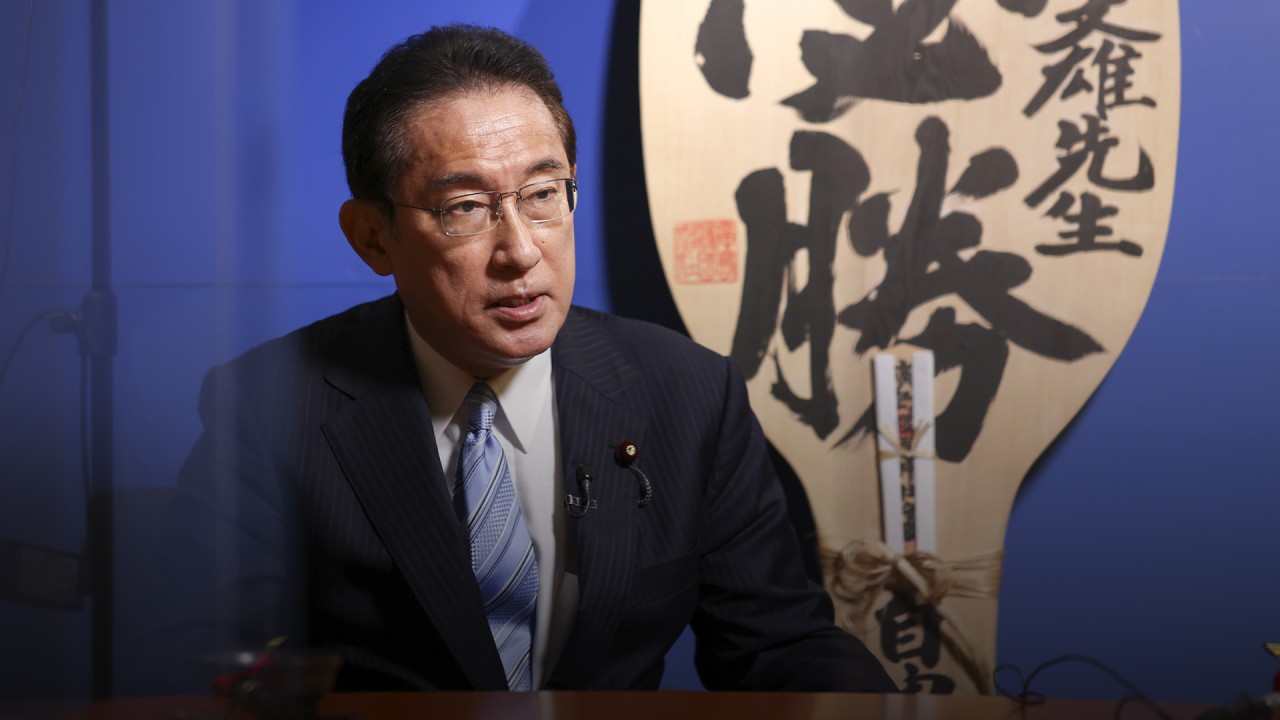
Why Japan will take a more China-friendly turn after its general election
- Expect Fumio Kishida to take a more progressive approach to issues around Japan’s sluggish economy and foreign affairs
- Enacting his policies will require greater trade and investment, and he is likely to look to China for both once his election victory is secured
Internal politics in the Liberal Democratic Party (LDP) is brutal, with many politicians focusing only on holding onto their seats, with little regard for ideology and policy. As such, Kishida has appointed people to several senior posts within the LDP and assembled his cabinet to win the upcoming election.
The Nikkei stock index tripled and reached a 30-year high during Abe’s tenure, which ran from December 2012 to September 2020. Japan’s problems with chronic deflation eased during that time, while unemployment fell from 4.3 per cent in 2012 to 2.4 per cent in 2019, the lowest since 1992.
Meanwhile, the annual value added per worker in the IT industry in 2019 was 9.76 million yen (US$88,000), but the figure for workers in the lodging, restaurant and service industry was 2.15 million yen, and 3.18 million yen for those in the medical and care industry.
The annual value added of all industries in the metropolitan areas of Tokyo, Osaka, Aichi and Fukuoka is 6.09 million yen, while in rural areas it is 4.7 million yen. The lowest figure is in the lodging, restaurant and service industry in rural areas, at 2.07 million yen.
And the gap has grown bigger during the Covid-19 pandemic, with the most vulnerable group – women working in the lodging, restaurant and service industry in rural areas – hardest hit. Last year, some 500,000 women lost their jobs while male employment increased by 330,000. Female deaths by suicide rose by 935, to 7,026, while those among men fell by 23 to 14,055, according to the National Police Agency.
Women are struggling in the job market because the lodging, restaurant and service sector employs more part-time workers than other industries and 22 per cent of women work in part-time jobs, compared with only 9 per cent of men.
Kishida will attempt to improve the situation, but there will be big hurdles to clear. He hopes to emulate Abe’s victories in six national elections, so intends to continue with Abenomics reforms. He will also continue Japan’s current foreign policy to win the support of the people, who enjoyed a rare period of stability during Abe’s time as prime minister.
Kochikai, one of four leading factions within the LDP, was founded by former prime minister Hayato Ikeda in 1957 with a focus on dovish foreign policy and addressing domestic economic inequality. Its name comes from a line written by Eastern Han dynasty poet Ma Ron.
I believe Kishida will push Japan to seek greater cooperation with China for mutual benefit. Indeed, progressive policy should be the hallmark of Kishida’s approach to the economy and foreign affairs in his role as Japan’s 100th prime minister.
Yoshihiro Sakai is a professor at Chubu University, Japan. This article reflects the author’s own views




